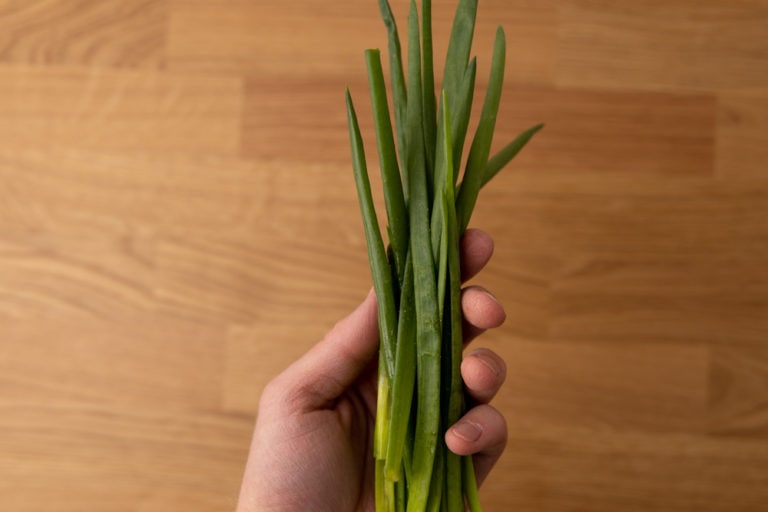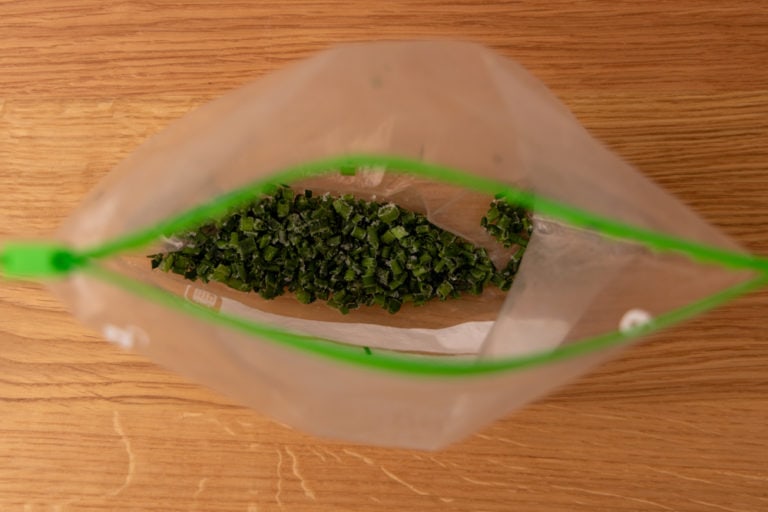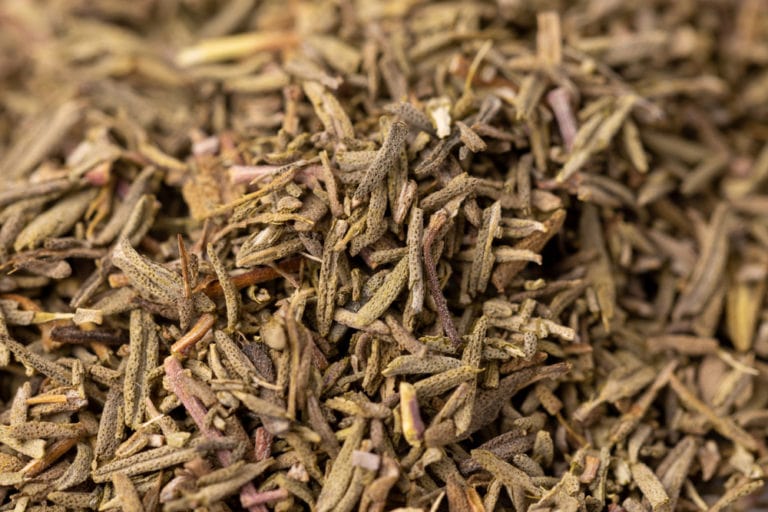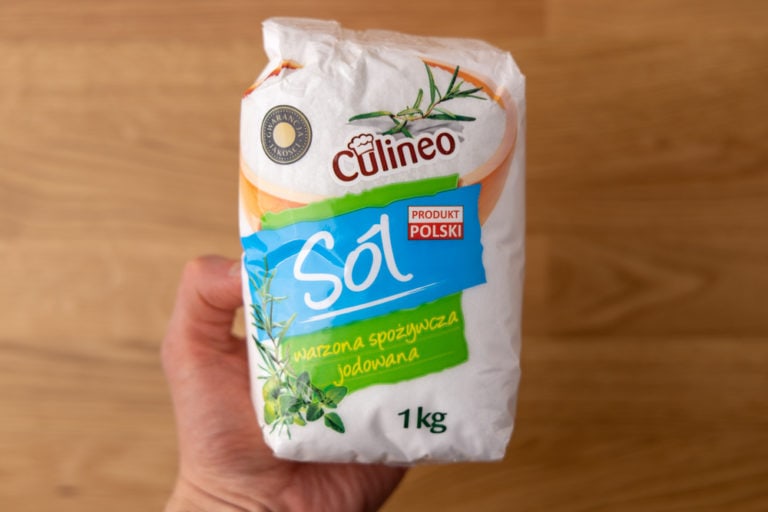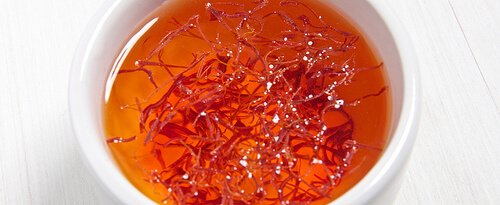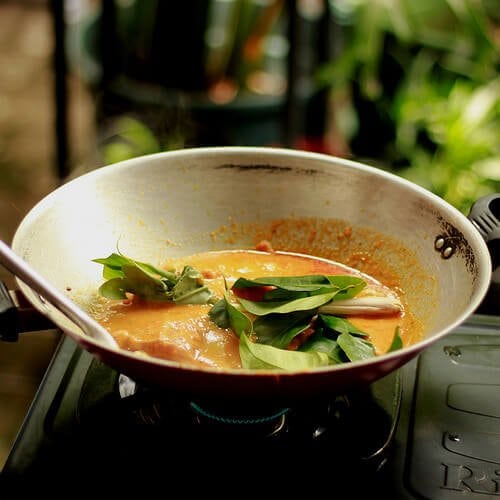Does Vanilla Extract Go Bad?
You’re getting ready for your next big baking project and are making sure you have all the ingredients on hand. In the cupboard, you find a half-opened bottle of vanilla extract sitting there for who-knows-how-long. The question that pops up immediately is: does vanilla extract go bad?
Fortunately, both pure and artificial vanilla extracts last a long time, so most likely the extract you have is perfectly fine.
If you would like to learn a bit about storage, shelf life, and differences between pure vanilla extract and the imitation, read on.
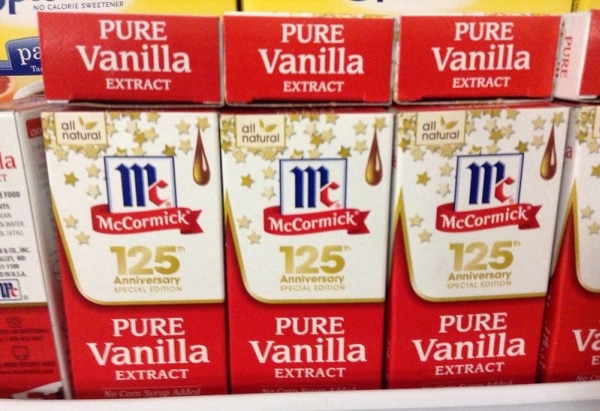
How To Store Vanilla Extract
The way you store vanilla extract is the same for both pure extract and the imitation.
You should keep it in a cool and dark place (light can affect it), away from sources of heat. The pantry or a kitchen cupboard away from the oven are the best options.
Do not refrigerate or freeze the extract as low temperatures might damage it.
If you’ve bought the extract in a plastic bottle, feel free to decant it into a glass bottle or jar if you will. As usual when it comes to liquids, make sure the extract is sealed tightly when not in use.
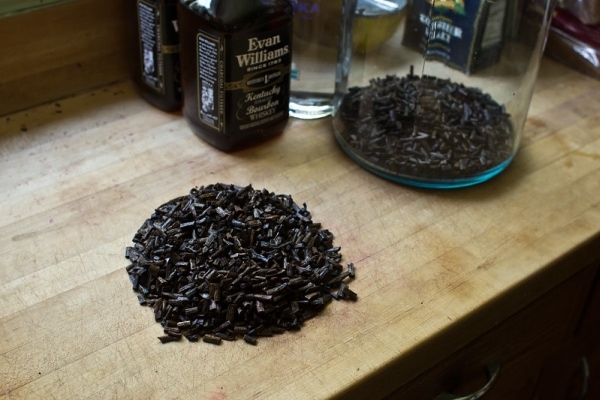
How Long Does Vanilla Extract Last
Shelf life is where the difference between pure vanilla extract and the imitation is quite pronounced.
Let’s start with pure vanilla extract. It’s easy to distinguish it from the imitation, as it has the word “pure” on the label and the imitation doesn’t. Also, the pure extract is much more expensive than the imitation.
Pure vanilla extract has an indefinite shelf life and doesn’t really go bad. Please note that the extract has an alcohol base, and alcohol tends to very slowly evaporate after the first opening of the bottle. That means that after a few years you might notice that the flavor of the extract is slightly more intense.
In short, if you bought a bottle of McCormick or Nielsen Massey (or any other reputable brand for that matter) pure vanilla extract a year ago or 10 years ago, it should be perfectly fine now.
Now to the imitation vanilla extract. Besides the fact that it has less flavor than the real deal, it doesn’t keep that well. If stored properly, it shouldn’t go bad, but its quality will degrade over time. Check out the best-by date on the label, which indicates for how long the quality should remain best.
You can easily add a few months or a year to that period, but you should remember that the longer you store it, the worse its taste will be.
| Pantry | |
|---|---|
| Pure vanilla extract (unopened or opened) | Stays fine indefinitely |
| Imitation vanilla extract (unopened or opened) | Best-by + 6 – 12 months |
Please note that the period for vanilla extract imitation is for best quality only.
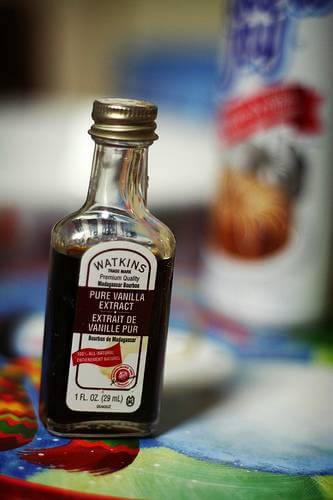
How To Tell If Vanilla Extract Is Bad
As I’ve mentioned earlier, if you always keep the bottle of vanilla extract sealed tightly, it shouldn’t go bad. That’s true for both the pure extract and the imitation.
However, if you ever notice that there’s something wrong with the extract, like the smell is off or there is some growth on the inside of the cap, throw it away. Again, it’s unlikely to happen, but it’s always good to quickly check the extract before using. Especially if you haven’t used in a long time.
When it comes to the imitation, after a few years of storage its quality will degrade. That means that at a certain point the flavor won’t quite be there. When that happens, it’s time to throw the extract away and buy or open a new bottle.
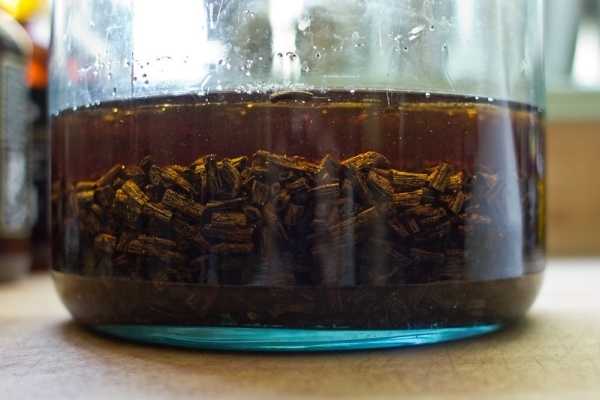
Vanilla Extract FAQ
What’s the difference between pure vanilla extract and the imitation?
The most important difference between pure vanilla extract and the imitation is the way the extract is produced. Pure vanilla extract is made with vanilla beans. It’s brown in color and that color comes from essential oils.
If you have vanilla beans on hand and some vodka, you can easily make your own pure vanilla extract.
The primary flavor compound in the extract is vanillin, but the pure extract contains hundreds of other flavor compounds that make the pure extract so rich in taste.
The imitation vanilla extract contains only the most critical flavor compound: vanillin. And that vanillin isn’t the one that naturally occurs in the bean, but it’s a synthetic substance made in a lab. Because it only contains one of the compounds, the taste doesn’t come close to the flavor of the “real deal.”
Of course, there are reasons why the imitation was created, and the most important one is the price. Vanilla beans are very expensive, so is the pure extract. Synthetic vanilla is much cheaper and offers a good-enough taste. Because of that, most people buy the less expensive one because it still does its job pretty well in cakes, cookies, and frostings.
If you’d like to read more about differences between the pure extract and the imitation, check out this article.
Rotten Records: Share Your Snap!
Caught some food past its prime? Upload your photo to “Rotten Records” and help others spot the signs of spoilage. Every image makes our food community safer and more informed!
